Wheat Straw Material Tableware: A Sustainable Choice for Everyday Dining
As global awareness of environmental sustainability continues to grow, consumers are increasingly seeking eco-friendly alternatives in every aspect of daily life, including kitchenware. Wheat Straw Material Tableware has emerged as a promising option for those who want to enjoy convenient, stylish, and safe dining while reducing their environmental footprint. Made from the natural stalks left over after harvesting wheat, this innovative material offers a unique combination of biodegradability, durability, and aesthetic appeal.
One of the primary advantages of Wheat Straw Material Tableware is its ability to naturally decompose, making it an excellent choice for environmentally conscious households. Unlike traditional plastic tableware, which can persist in landfills for hundreds of years, wheat straw products break down over time without leaving harmful residues. Many of these items are fully compostable, meaning they can be returned to the soil to enrich it, completing a sustainable life cycle. This characteristic aligns with the growing demand for products that contribute positively to the planet rather than adding to pollution.
In addition to being biodegradable, Wheat Straw Material Tableware significantly reduces reliance on single-use plastics. Plastic plates, bowls, and utensils are a major source of environmental contamination, often ending up in oceans and harming marine life. By choosing wheat straw alternatives, consumers help decrease the production and disposal of plastic, mitigating its impact on ecosystems. As a result, everyday choices in dining and entertaining can become an effective step toward sustainability, demonstrating that small actions collectively make a meaningful difference.
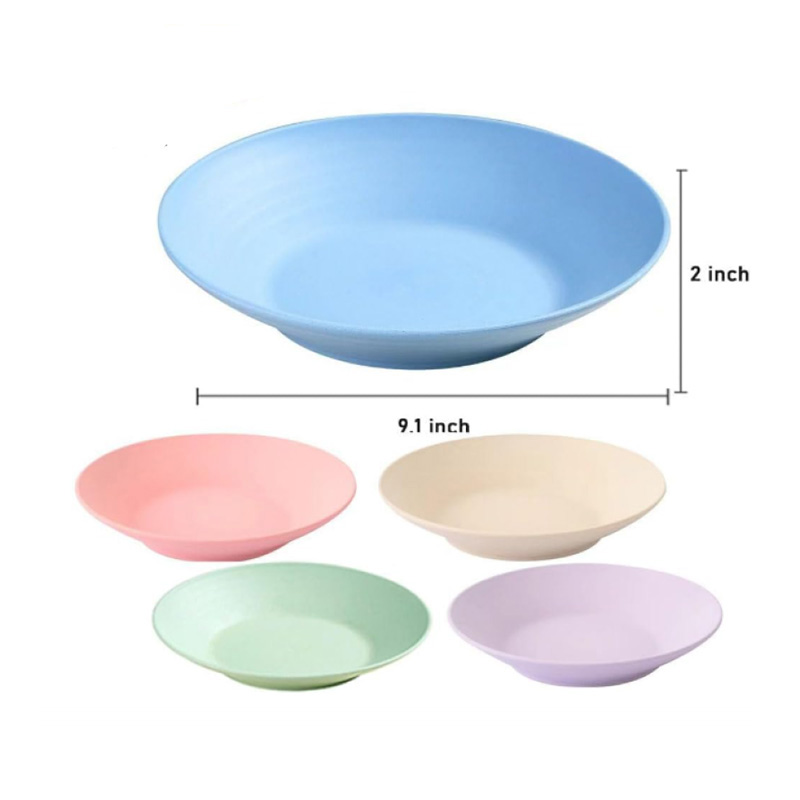
Durability and practicality also set Wheat Straw Material Tableware apart from many other eco-friendly options. Despite being made from natural plant fibers, these products are sturdy, lightweight, and resistant to breaking under normal use. This makes them ideal for both indoor meals and outdoor activities such as picnics or camping. The combination of strength and biodegradability ensures that users do not have to compromise convenience for environmental responsibility, offering a seamless integration of eco-conscious living into everyday routines.
Another benefit of Wheat Straw Material Tableware lies in its versatility. Manufacturers produce a wide range of products, including plates, bowls, cups, and cutlery, all crafted to be safe for food contact. These items are generally free from harmful chemicals, making them suitable for both children and adults. The natural textures and muted tones of wheat straw also provide an appealing, contemporary aesthetic that complements various dining settings, from casual family meals to more formal gatherings.
Choosing Wheat Straw Material Tableware not only helps reduce plastic waste but also encourages sustainable consumer habits. By integrating these products into homes, restaurants, and cafes, individuals and businesses alike can demonstrate their commitment to environmental stewardship. Over time, widespread adoption can contribute to a significant reduction in plastic pollution and the promotion of circular economy practices, where materials are reused, recycled, or returned safely to nature.
Wheat Straw Material Tableware represents a thoughtful and practical step toward sustainable living. Its biodegradability, compostability, and contribution to reducing plastic waste make it an environmentally responsible choice for modern households. As more consumers prioritize eco-friendly alternatives, wheat straw products are becoming increasingly recognized as a valuable part of everyday dining. By embracing these items, individuals not only enjoy functional and aesthetically pleasing tableware but also participate in a larger effort to protect the planet for future generations.
Hot Products
-
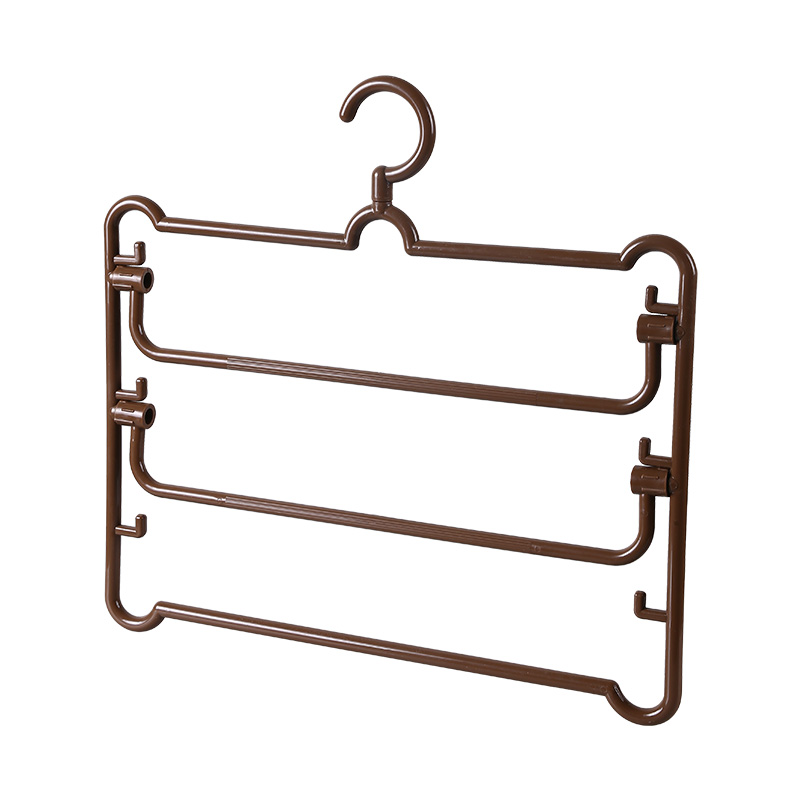
Plastic Pants Hanger (3 Bars)
-
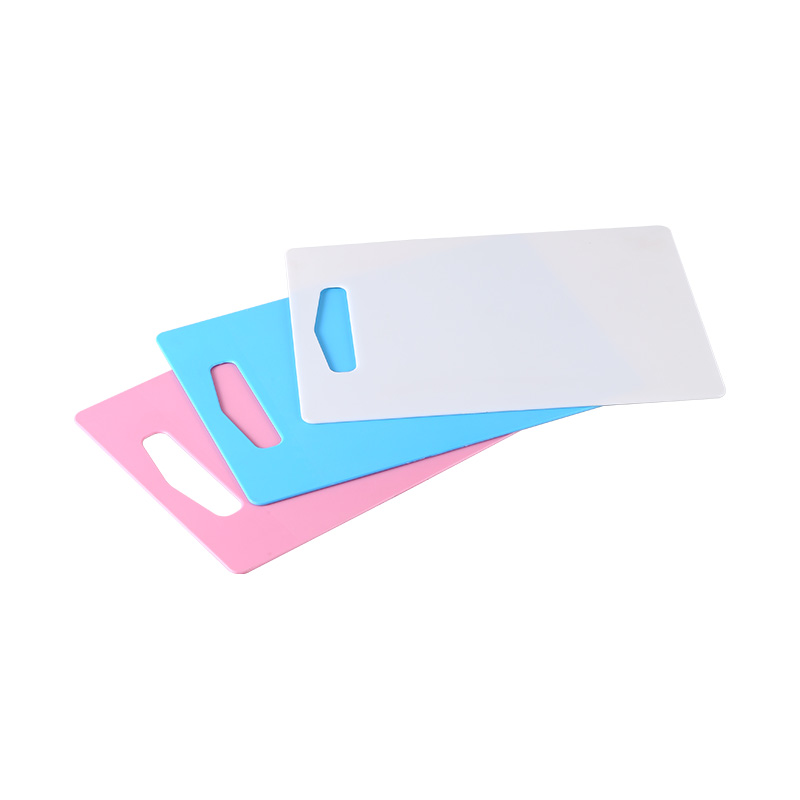
Plastic Chopping Board Food Cutting Block Mat Tool
-
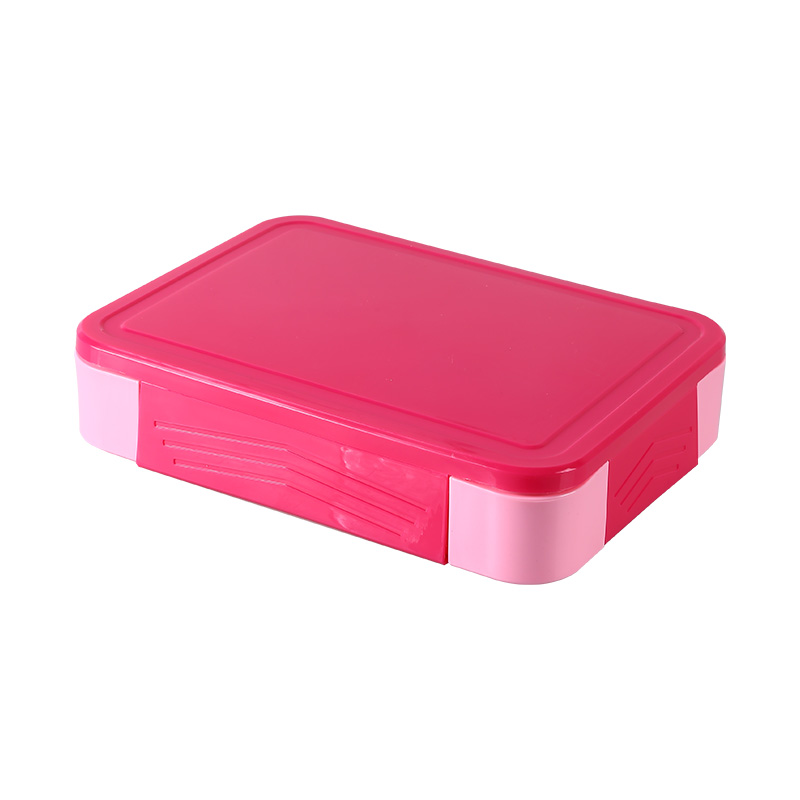
Food Storage Container For Adult Kids All-In-One Lunch Box
-
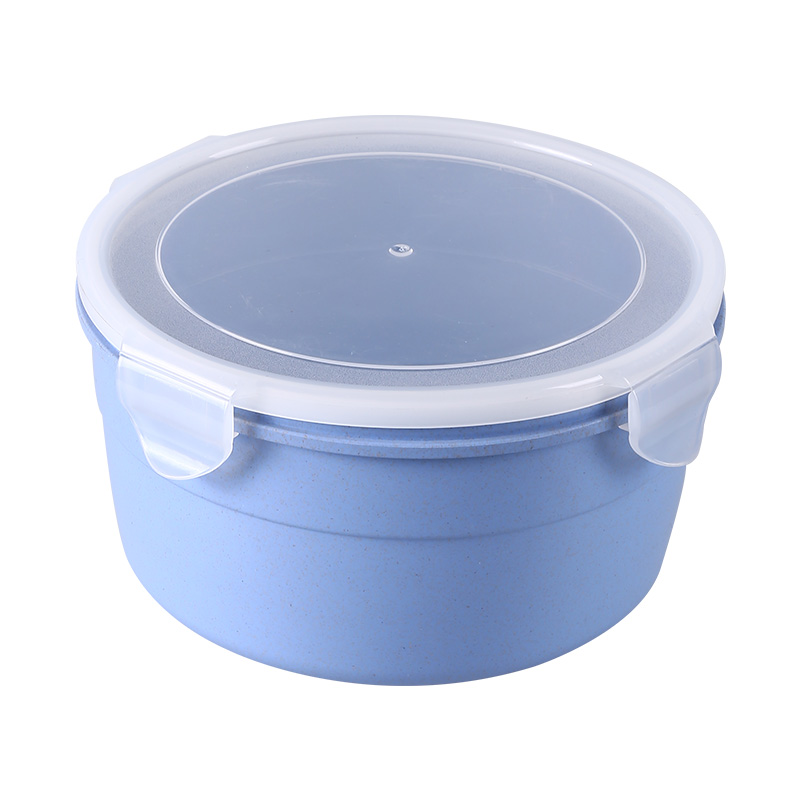
Mini Round Food Preservation Box
-
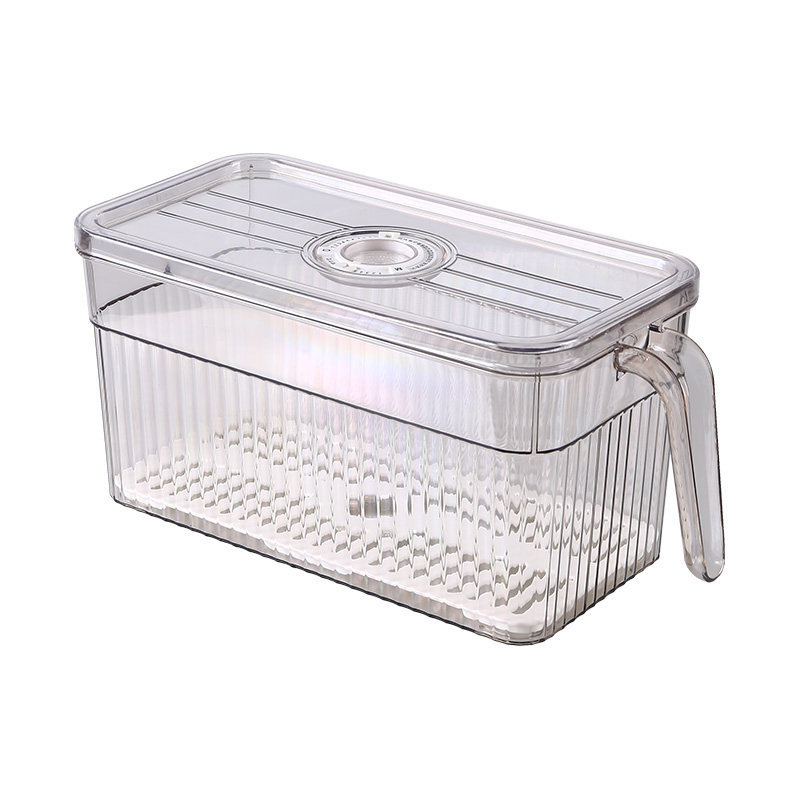
Refrigerator Storage Box Freezer Handle Storage Container
-

1pc Refrigerator Storage Box With Lid And Drain Basket Fruit Storage Containers Transparent Saver Container Food Organizer Bins
-
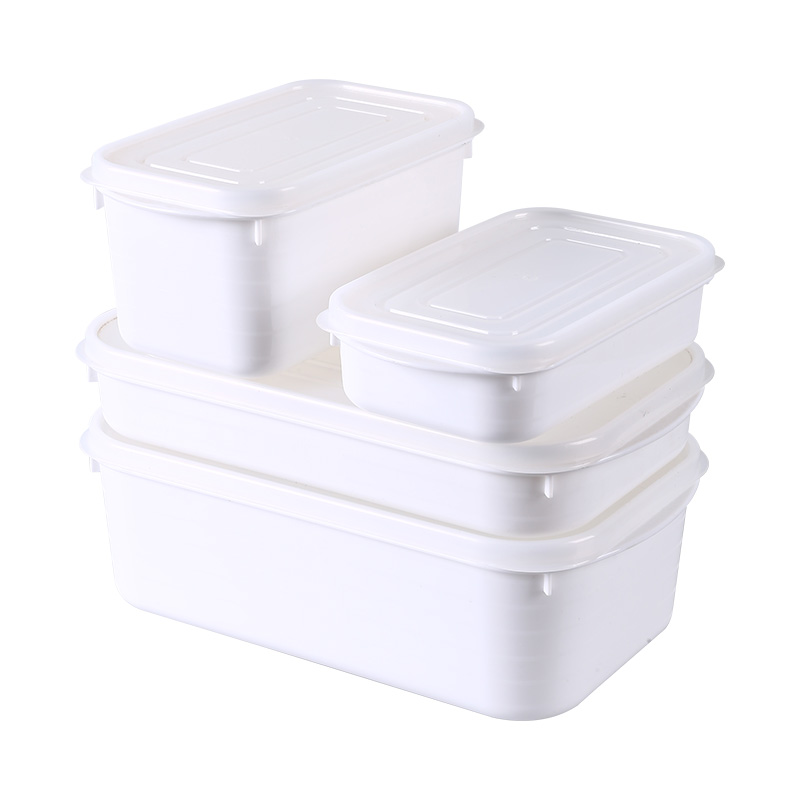
Food Storage Large Capacity Fresh-Keeping Eco Reusable Box Bento Food Leakproof Container
-
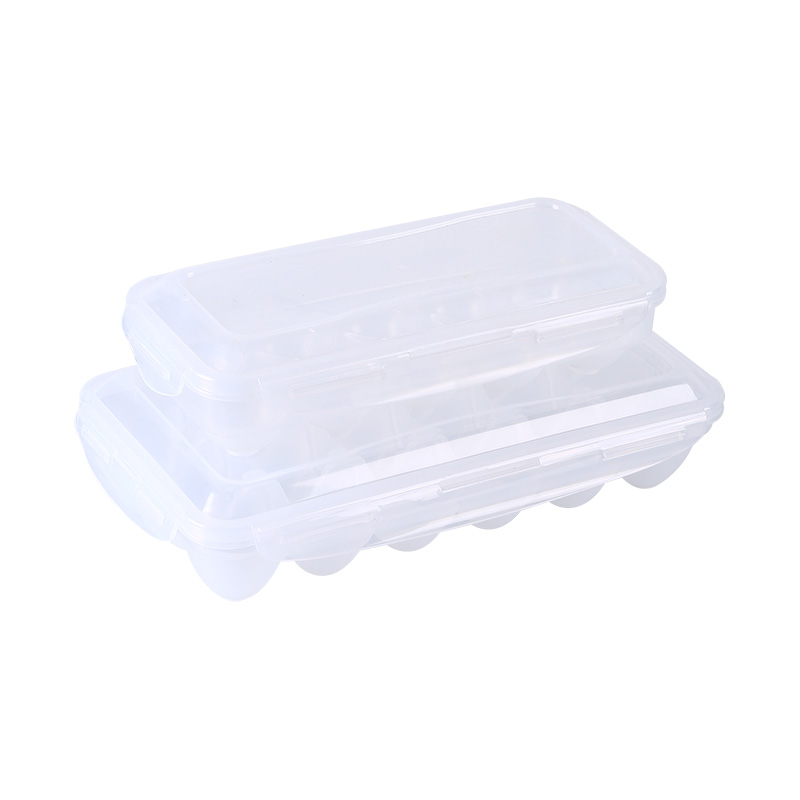
PP Plastic Egg Tray Storage Box
-
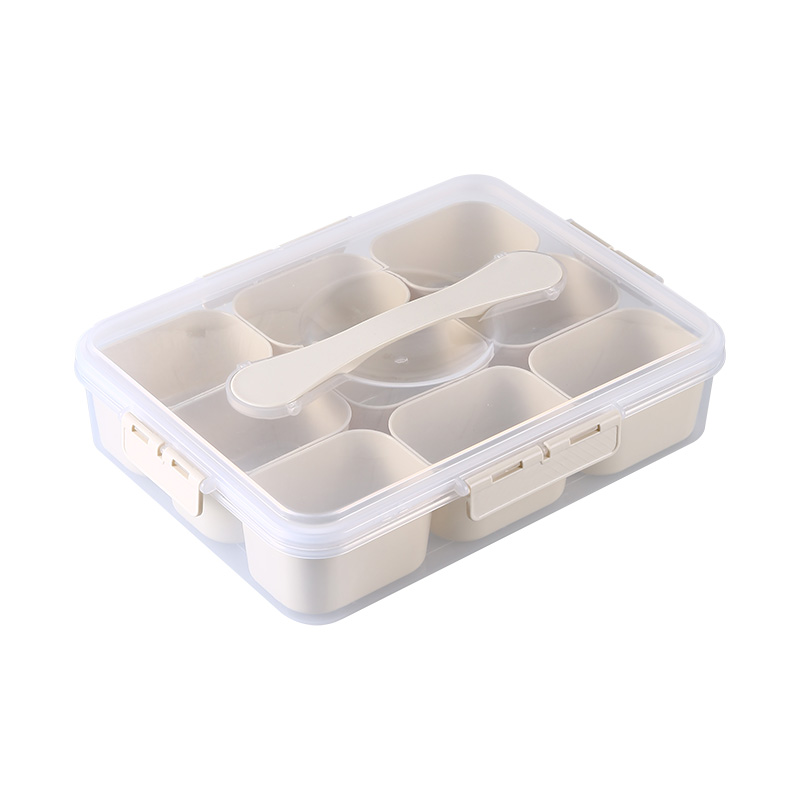
9 Compartment Divided Serving Tray With Lid And Handle Dried Fruit Storage Box
-
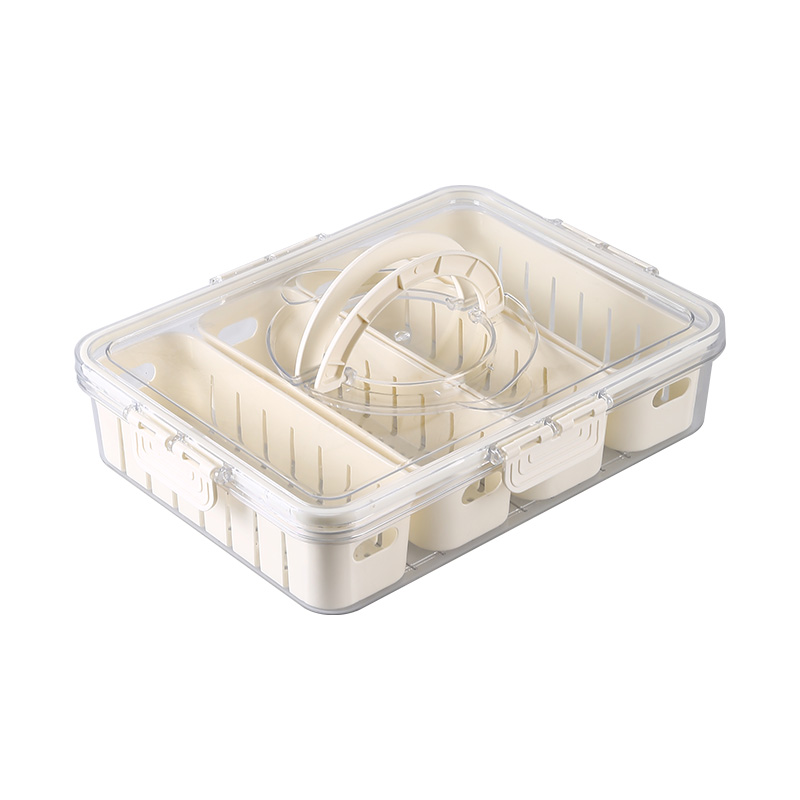
PP Material Handheld Fresh-Keeping Sealed Box Dry Food Classification Storage Box
-
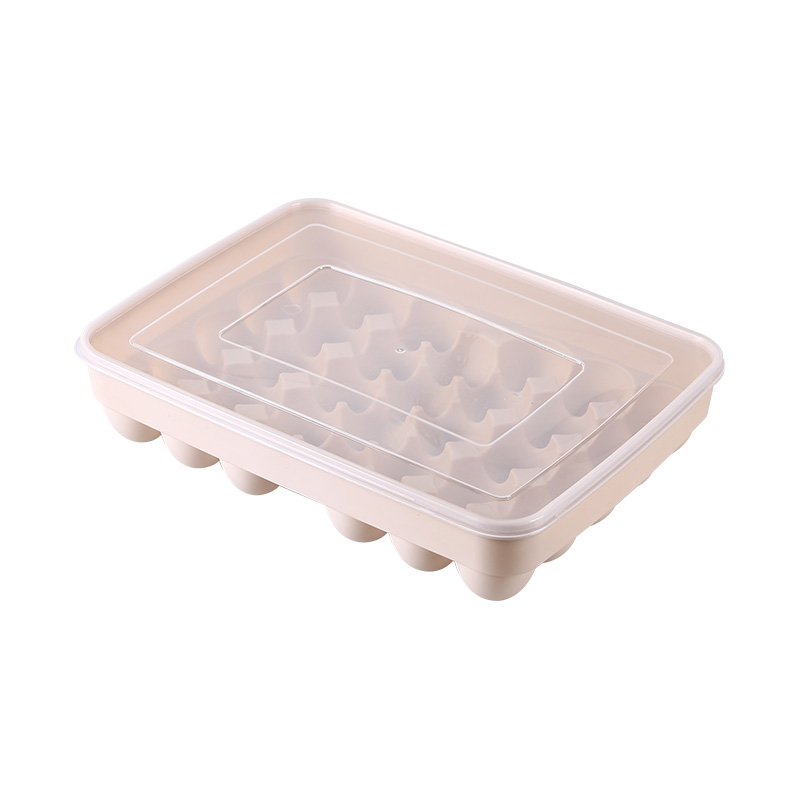
Refrigerator Storage Multi-Grid Egg Box Can Be Stacked With Cover To Food Preservation Box
-
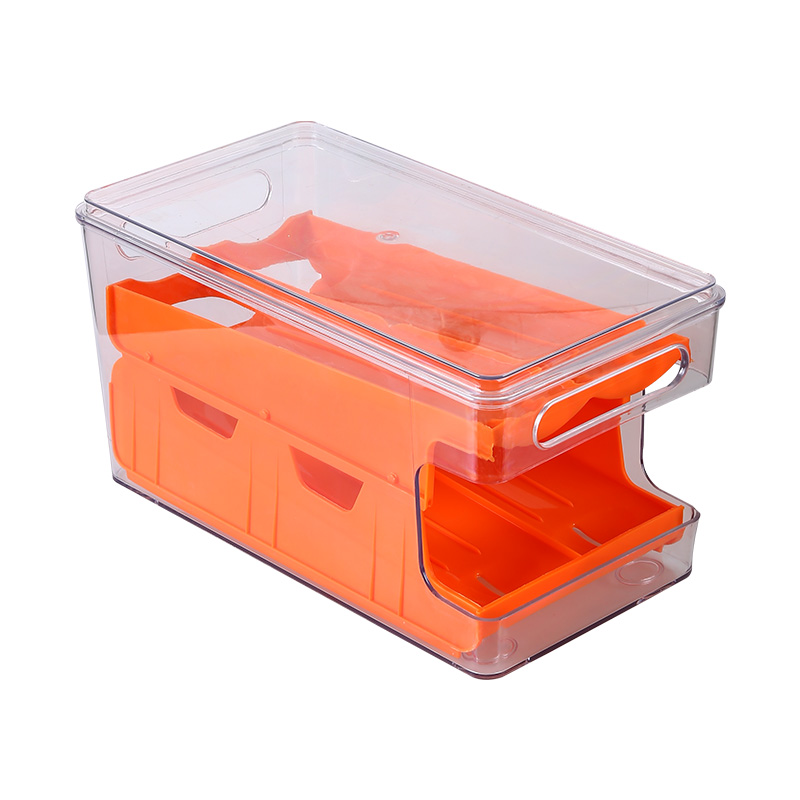
Dual-Layer Transparent Egg Storage Rack Eco-Friendly Slide-Type Household Kitchen
 English
English 中文简体
中文简体 Deutsch
Deutsch


